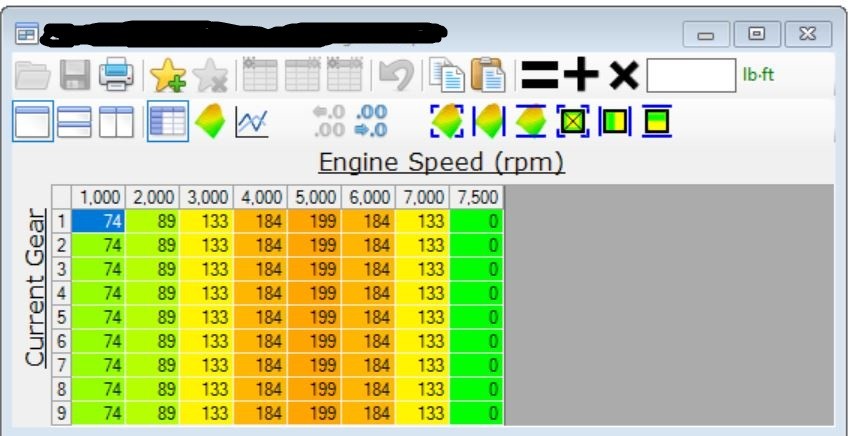Obdii Performance Chips are gaining popularity as a way to enhance vehicle performance. But do they really work? This article delves into the complexities of torque management in modern vehicles, using the Jeep Cherokee as a case study to illustrate how these chips can—and can’t—impact performance. We’ll explore the interplay between the Powertrain Control Module (PCM) and Transmission Control Module (TCM) and uncover some surprising limitations.
Decoding Torque Management: PCM vs. TCM
Modern vehicles rely heavily on computer control for engine and transmission performance. The PCM governs the engine, while the TCM manages the transmission. Both modules employ torque management strategies to protect drivetrain components and optimize fuel efficiency. However, these strategies can sometimes limit performance.
A common misconception is that tuning the TCM alone unlocks significant power gains. While adjusting torque limits in the TCM can impact performance, as demonstrated by comparing a stock 2014 Cherokee to a tuned 2016 Cherokee during a brake stand, it’s not the whole story. The 2016 Cherokee with tuned PCM and TCM clearly exhibits improved performance.
 Torque values in a 2016 Jeep Cherokee
Torque values in a 2016 Jeep Cherokee
One popular tuning solution, often marketed aggressively, claims to only modify torque in specific gears. However, a closer examination of the TCM reveals that first gear is already restricted to 295 ft/lbs—far exceeding the output of most engines. Other gears are capped at 406 ft/lbs. Crucially, certain torque management parameters related to shifting should never be altered, as this risks damaging the transmission.
Hidden Limits: Beyond Basic Tuning
Beyond the commonly adjusted parameters, the TCM contains additional torque limiters. In the V6 Cherokee, these limiters restrict torque well below the engine’s peak output of 239 ft/lbs. Simply changing these values in the TCM doesn’t yield noticeable gains; corresponding adjustments in the PCM are also necessary. This highlights the interconnected nature of the PCM and TCM and the importance of a holistic tuning approach.
Unfortunately, limited access to data from the 2.4L engine’s TCM hinders a comprehensive comparison. It’s hypothesized that similar restrictions might exist in the 2.4L version, potentially rendering certain TCM adjustments ineffective. Further research on platforms like the Compass and Renegade is needed to understand how torque management is implemented.
The Complex Reality of OBDII Performance Chips
The Jeep Cherokee platform exemplifies how manufacturers sometimes implement restrictive performance limitations. While OBDII performance chips offer a potential avenue for improvement, their effectiveness depends on understanding the intricate interplay between the PCM and TCM. Simple adjustments may not unlock the desired gains, and improper tuning can even lead to transmission damage. A thorough understanding of the vehicle’s control systems is paramount for achieving safe and effective performance enhancements.
